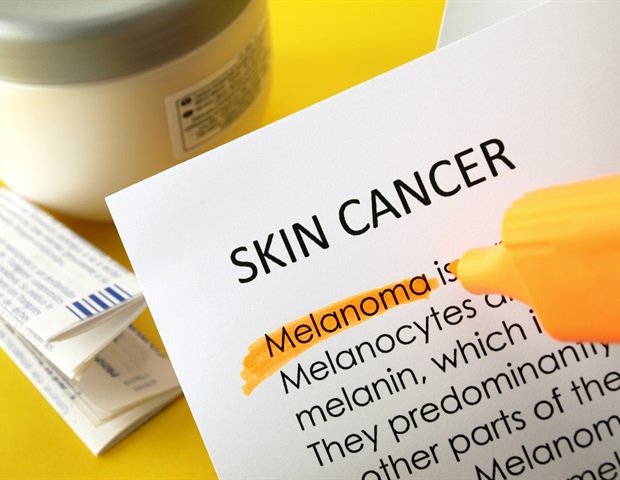Blog
Melanomas climbing in the course of the declining sunscreen in Canada
Regardless of many years of messaging for public well being, the Canadians spend extra time within the solar and exercise much less solar safety – which triggers the alarms among the many researchers if melanous circumstances proceed to rise.
This development is highlighted in a research carried out by McGill, through which the nationwide survey information collected between 2011 and 2018 have been analyzed by over 77,000 individuals, which is a weighted pattern of 21 million Canadians.
The researchers discovered that 75 p.c of grownup Canadians spent a minimum of half-hour within the solar on the summer time days, and nearly half of remained for 2 hours or extra. Most reported irregular or no exercise of sunscreens. Each third Canadian had a sunburn final 12 months.
Younger adults have been burned to the solar far more typically and used tanning beds than older adults, and it was much less seemingly that they have been carrying protecting clothes.
This growing daylight and the lowering safety are very worrying. Episodic sungors, particularly in childhood or adolescence, enhance the danger of serious Melanoma Later in life. “
Dr. Ivan Litvinov, Senior Research Writer and Affiliate Professor of Dermatology at McGill
Litvinov refers to cultural magnificence requirements, a sense of invincibility in youngsters and potential price obstacles for solar safety as key components that promote these behaviors.
The melanoma – essentially the most deadly type of pores and skin most cancers – rose by an estimated 17 p.c in the midst of the earlier 12 months in 2024, with round 11,000 current circumstances being identified throughout the nation. Different kinds of pores and skin most cancers are additionally changing into more and more frequent.
Supply:
Journal Reference:
Moustaqim bar, a. ,. (2025). Analysis of UV publicity and pores and skin most cancers preservation conduct in Canada: a nationwide population-based cross-sectional research. . doi.org/10.1136/bmjph-2024-001983.

